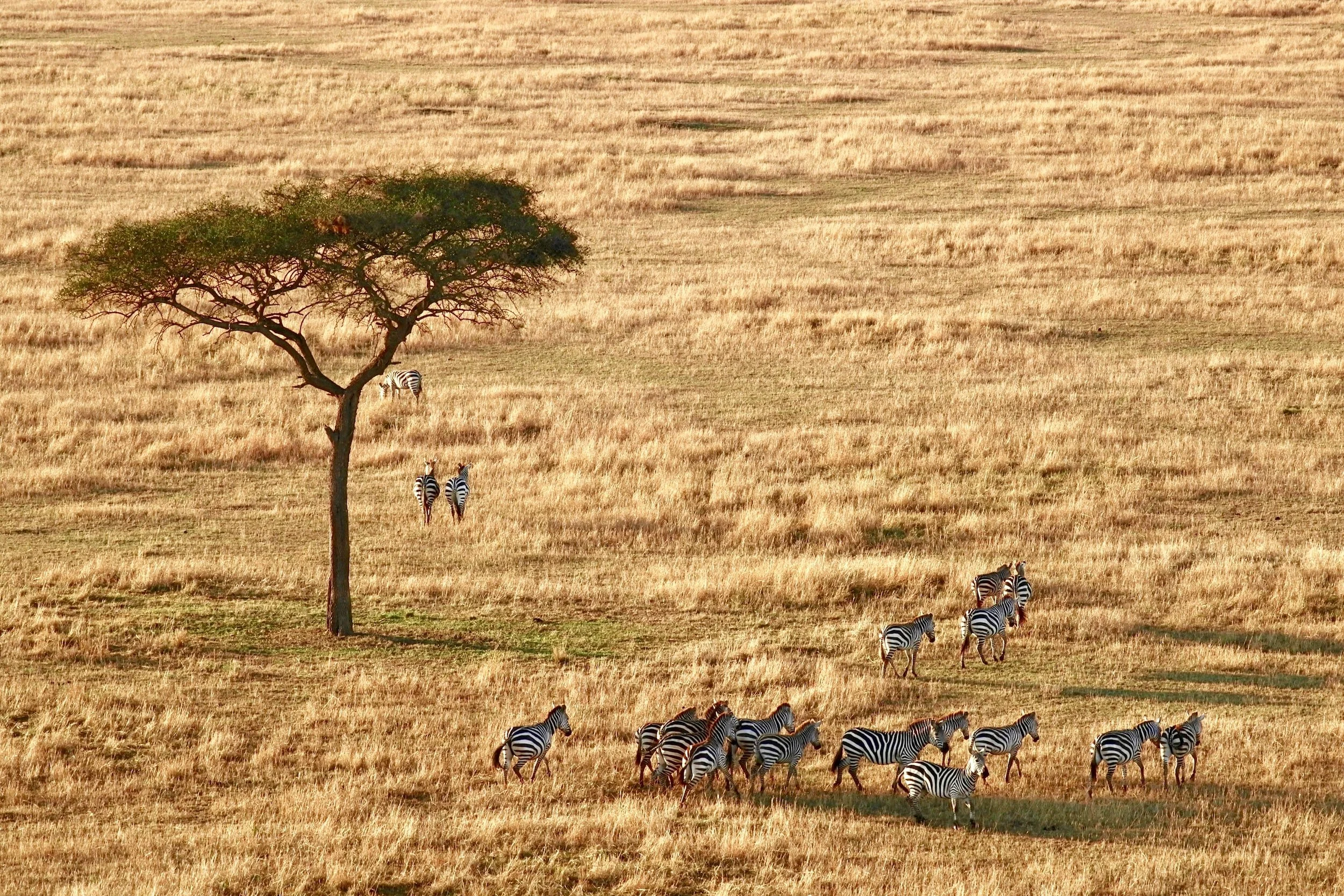The ungulate effect on an ecosystem
By Henry Fountain, Jan. 9, 2007
In studies of the ripple effects of animals on an ecosystem, carnivores are the celebrities.
Researchers have given the most attention to the impact these top predators have on the animals, plants and insects beneath them in the food chain, what’s termed a trophic cascade.
But a study out of Africa takes a different approach, looking at the effects of an ecosystem’s average Joes — the vast hordes of ungulate herbivores like cows, gazelles, zebras and elephants. Robert M. Pringle, a doctoral student at Stanford, and colleagues found that these animals could have an impact, too.
“The classic trophic cascade goes from predator to herbivore to plant,” Mr. Pringle wrote in an e-mail message from Kenya, where he is continuing his research. “What makes this study different from most is in where this cascade begins and ends.”
Mr. Pringle and his colleagues set up large plots in the savanna and, using electric fences, excluded all large animals from some of them. Then they studied the response of other elements of the ecosystem — trees and ground cover, the most dominant lizard, and arthropods.

